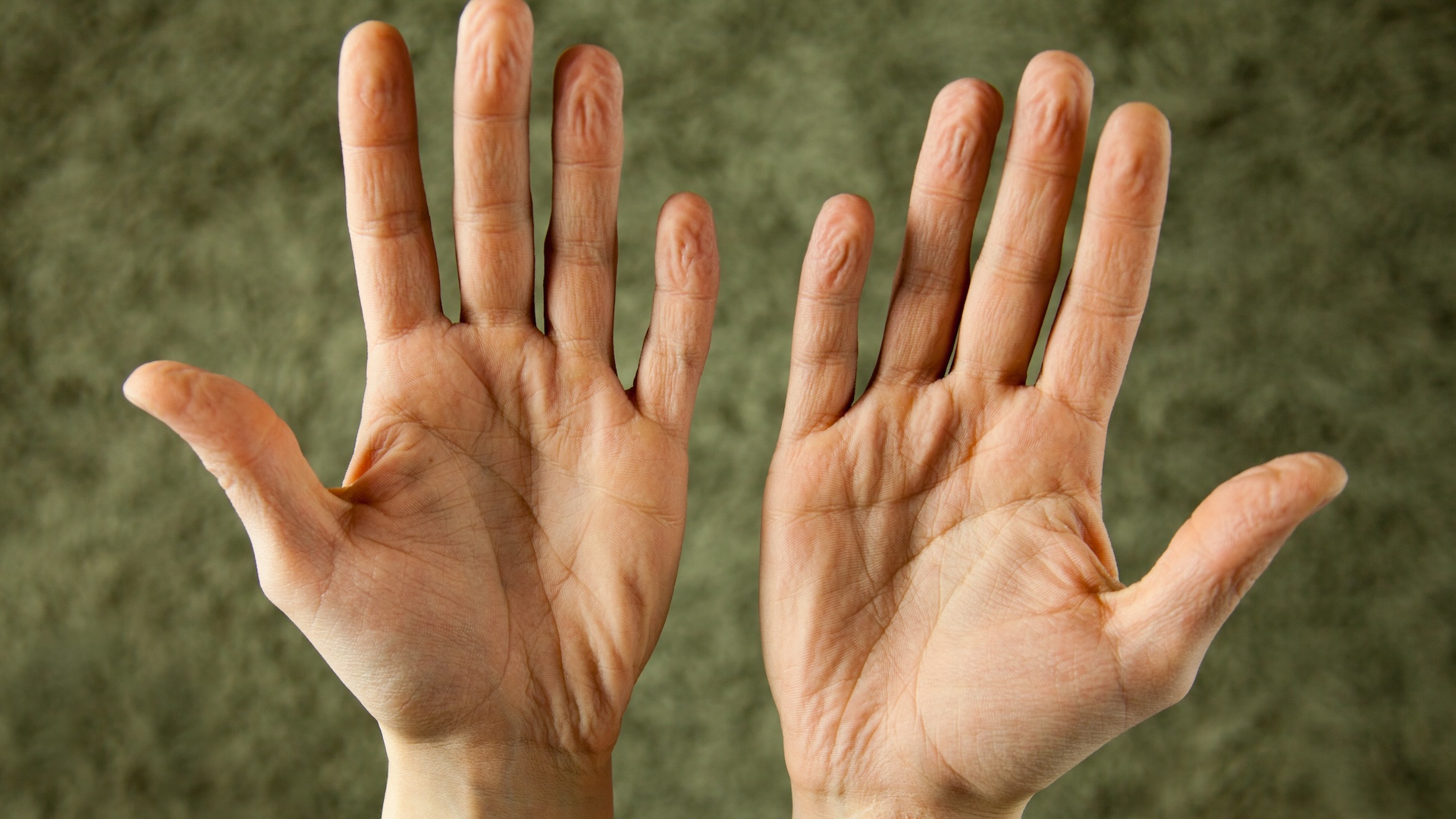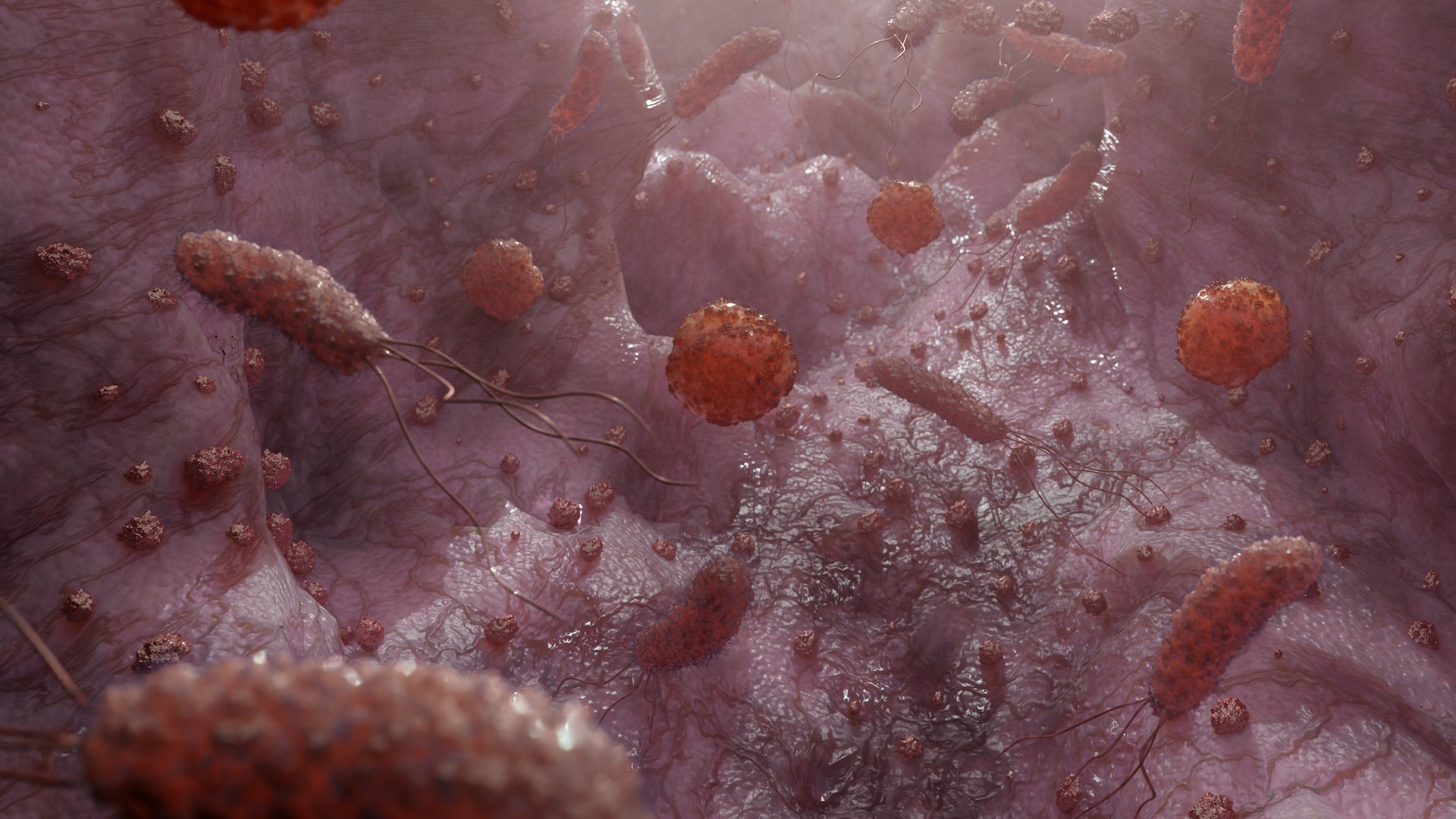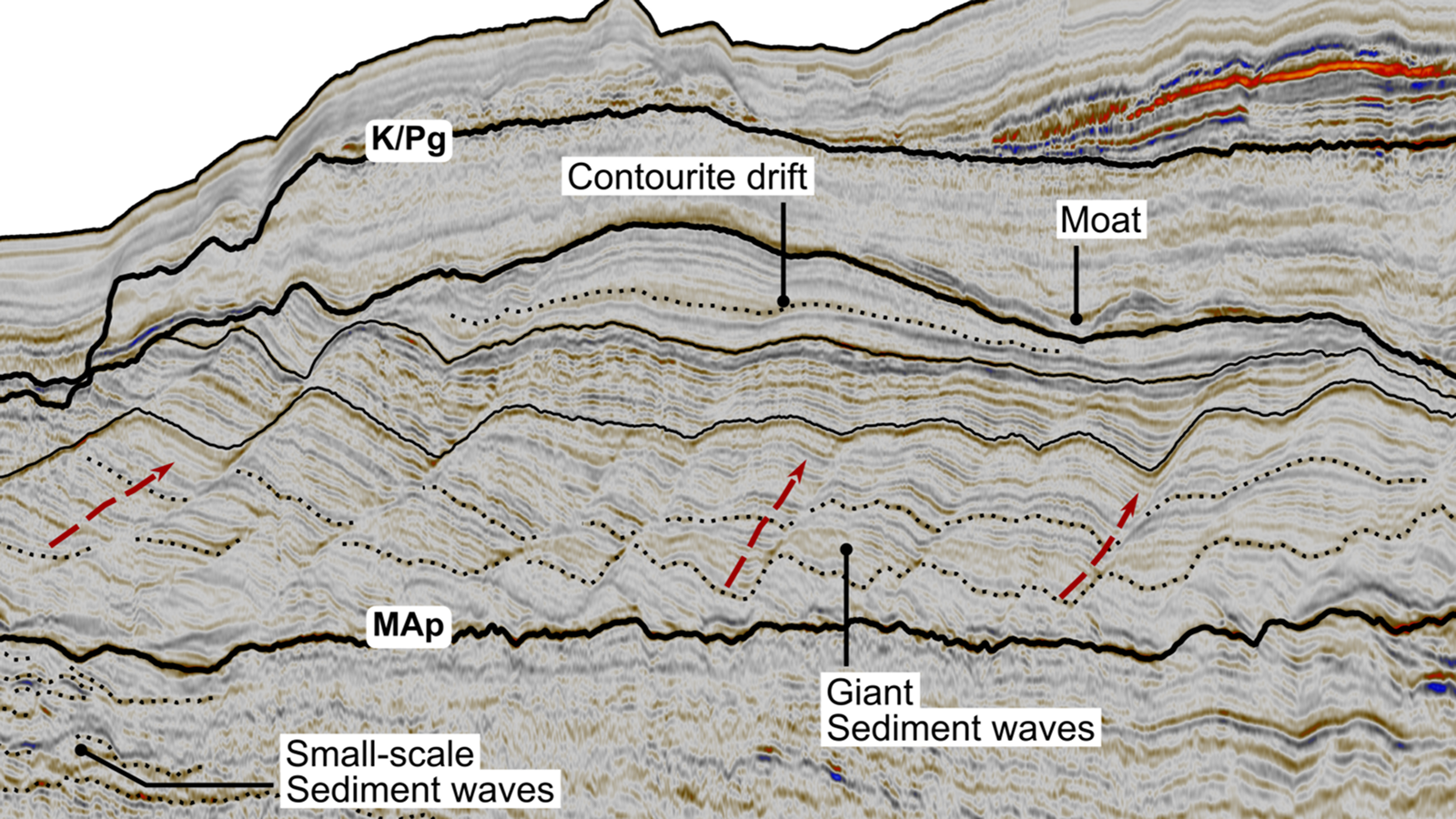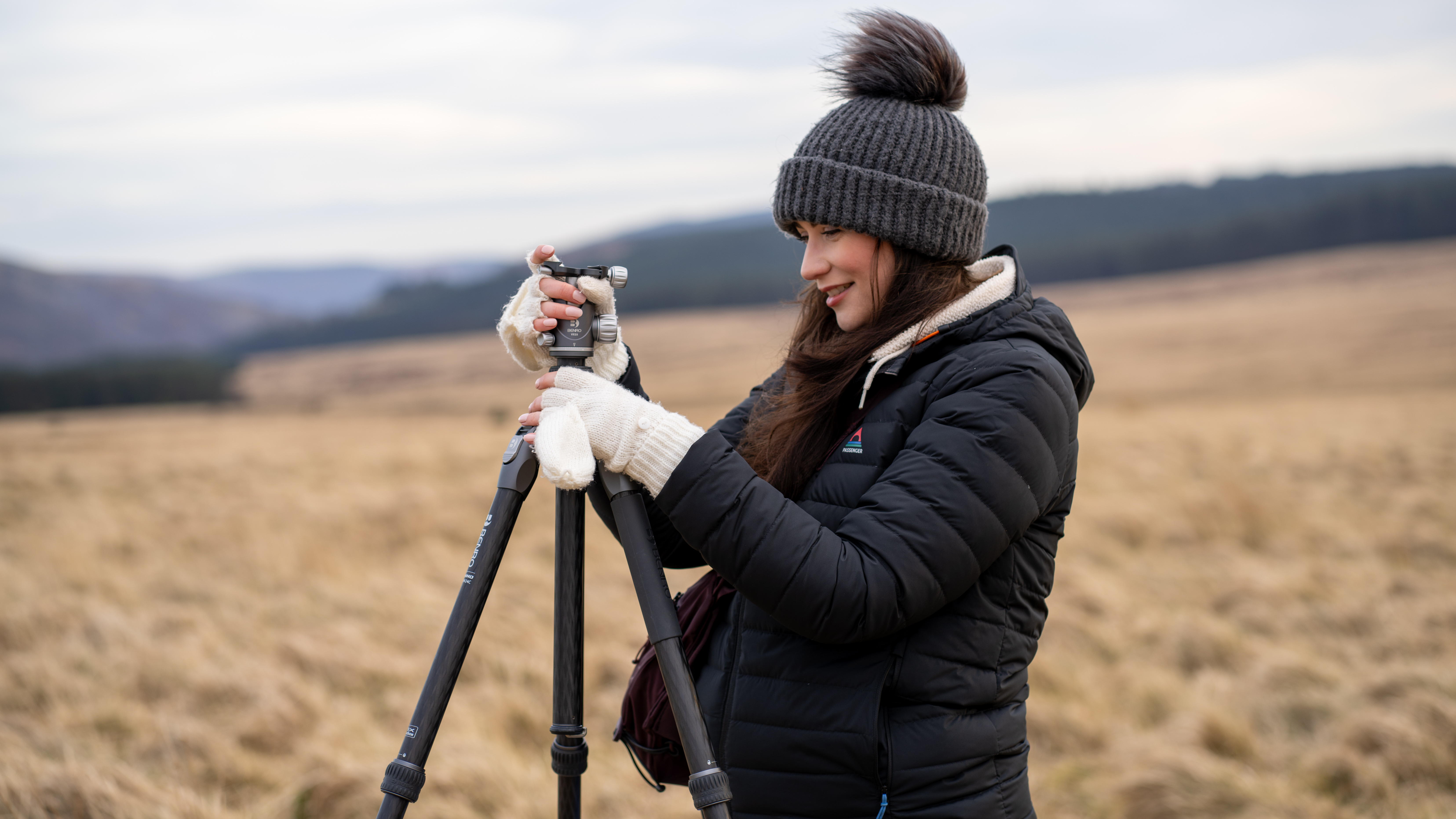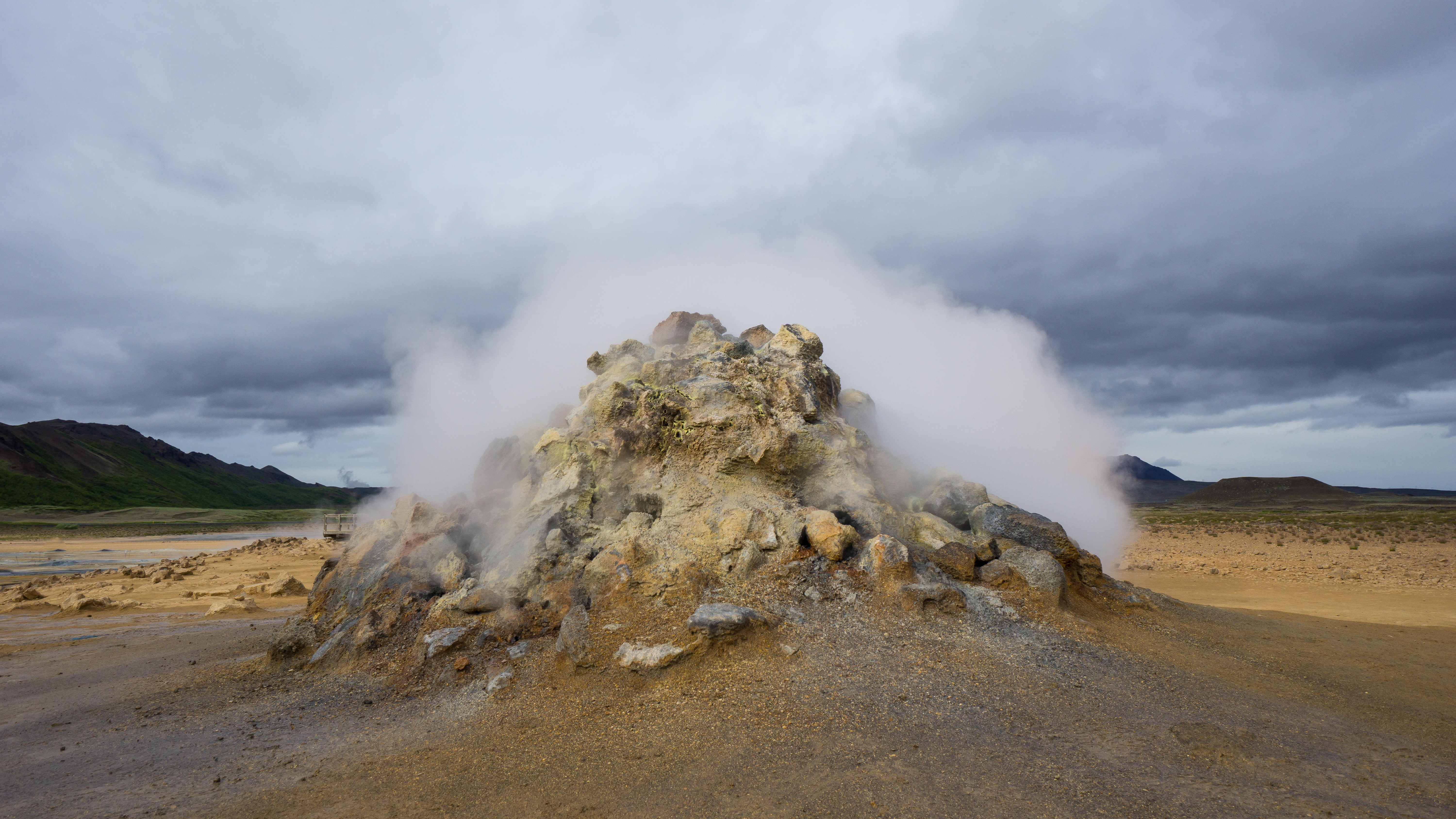Everyone knows that your fingers get wrinkly after spending too long in the bath — but it turns out that those wrinkles form in the same way every time.
According to a new study published in May in the Journal of the Mechanical Behavior of Biomedical Materials, the exact pattern of the wrinkles on your fingertips — also known as their pruning — is unchanging .
The wrinkles were long thought to occur as a result of water entering the skin by osmosis and causing our fingertips to swell. However, researchers in the 1930s discovered that people with nerve damage in their fingers didn’t form the wrinkles, suggesting that it wasn’t the passive movement of water causing these patterns, but an active response of the body’s sympathetic nervous system — an unconscious part of our nervous systems associated with the “fight or flight” response.
Subsequent research has found that the wrinkles form from the constriction of blood vessels below the skin’s surface, as a result of water entering the fingers via sweat pores. As these blood vessels narrow, the skin’s overall volume decreases, causing the skin to pucker, just like how a raisin forms from a dehydrated grape. If the nerves in the fingers are damaged, the blood vessels aren’t instructed to constrict, and the fingers don’t wrinkle.
However, it was unclear whether the wrinkle patterns appeared in the same place every time they formed. Study co-author Guy German, an associate professor of biomedical engineering at Binghamton University, said the question was initially posed to him by a student. “I thought: I haven’t the foggiest clue!” German said in a statement.
The researchers theorized that the wrinkles would form the same way each time, as the blood vessels that constrict to form them don’t move around within the fingers.
Related: Why do wrinkles form?
“Blood vessels don’t change their position much — they move around a bit, but in relation to other blood vessels, they’re pretty static,” German said. “That means the wrinkles should form in the same manner, and we proved that they do.”
The researchers tested this hypothesis on three subjects, submerging their fingers in water for 30 minutes and taking pictures of their “pruning.” They then repeated the process under the same conditions 24 hours later, and compared the images of their fingers.
The scientists discovered that each participant had the same patterns of wrinkles appear during both tests, indicating that an individual’s wrinkles form the same way each time.
“This work conclusively reveals for the first time that topographical wrinkle patterns caused by prolonged human hand immersion in water are repeatable and consistent at different timepoints,” the researchers wrote in the paper.
“The results demonstrate a significant relationship between wrinkle orientation across both time points and thus reveal the consistency of wrinkle morphology over time.”
However, as the study only included a test group of three people, further research on more individuals needs to be done to firmly conclude that fingers prune the same way each time.
In fact, the exact reason that our fingers evolved to prune in water remains unclear. Several studies have found evidence suggesting that the wrinkles may improve our grip on objects during wet conditions. However, other research has found no improvement in grip or tactile acuity when fingers are wrinkled.
Regardless of its evolutionary origin, the researchers hope that their discovery of skin wrinkling being consistent each time could one day be used in forensic investigations.
“Biometrics and fingerprints are built into my brain,” said German, whose father was a police officer. “I always think about this sort of stuff, because it’s fascinating.”
“I feel like a kid in a candy store, because there’s so much science here that I don’t know.”





